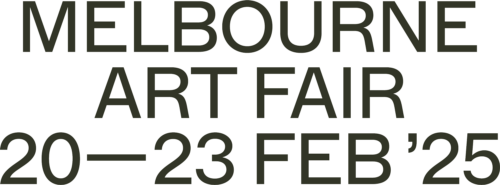VIDEO 2024
Amala Groom
Amala Groom, The Union (film still), 2019 single-channel video, 4K UHD video, colour, sound 11:11 mins Edition of 5 + 1AP.
Buhlebezwe Siwani
Buhlebezwe Siwani, Umntuntu (film still), 2018 Digital 4k video, 02’40’’ Edition of 4 + 1 AP .
Joan Ross
Joan Ross, Let’s party like it’s 1815 [animation] (film still), 2022 High Definition animation with audio, 8 m 12 s Animation and sound: Josh Raymond Edition of 10 + 2 AP.
Rebecca Agnew
Rebecca Agnew, Infinite West (film still), 2022, High Definition Video, 17 minutes 2 seconds, Composition by Damien Sutton, Ltd Edition 1-5 + A/P.
Geng Xue
Geng Xue, The Name of Gold (film still), 2019, clay stop-motion film, single-channel, colour, sound, 9 minutes and 27 seconds, edition of 6.


